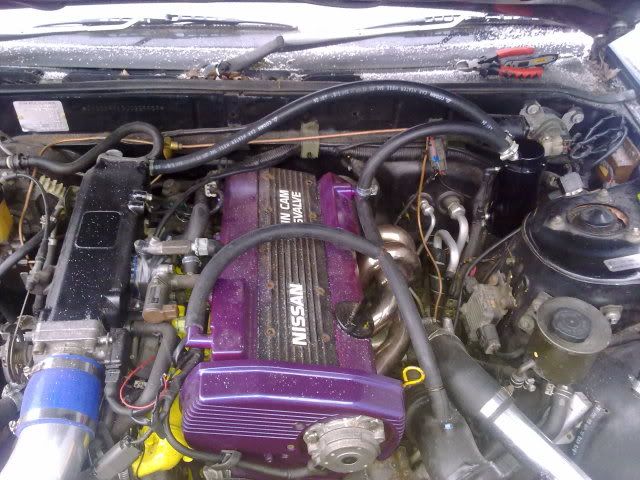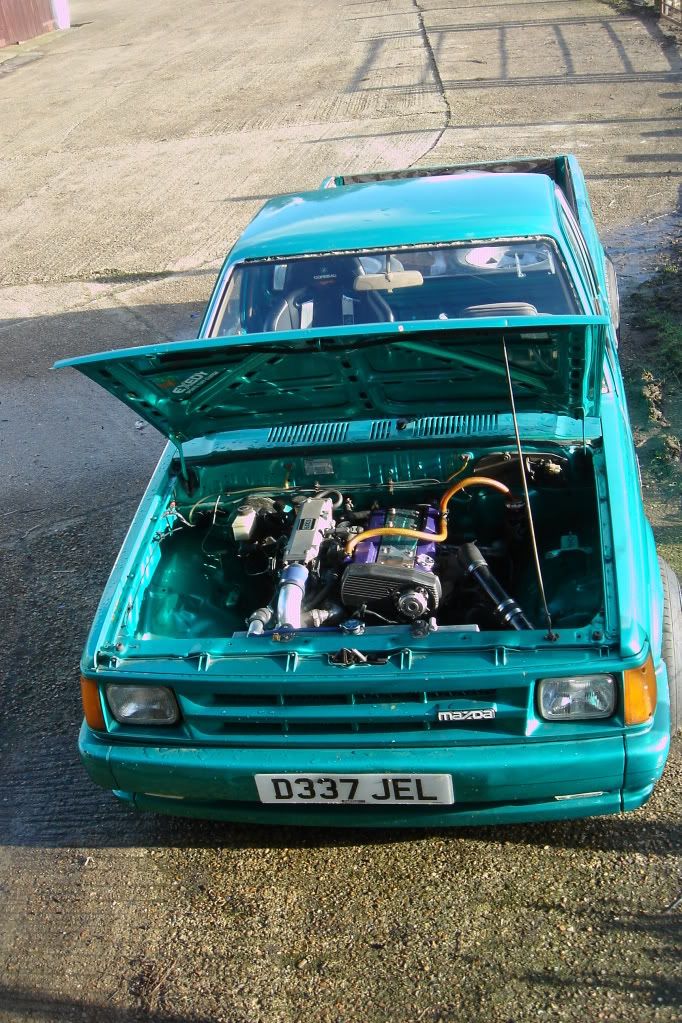
Originally Posted by
Rochester

I really wouldn't do that.
PCV valve left open to atmosphere is going to be breathing in unmetered air at all times plenum is off boost.
Plumbing the rest to a catch can is all very well, but not if it allows a reverse flow of unmetered air back in to the engine either.
Both ways you are going to be running unmetered air, insufficient petrol injected by the ECU and lean. A very quick way to say goodbye to your engine.
If disconnected PCV valve needs to be blanked off.
All other feeds to a catch tank need to have a one way valve.
ie. as R3k1355 said:
with the minor but important addition of a one way valve in the pipe to the can.
The disadvantage of that very simple set up is that there is no scavenging of the air and blow by gasses inside the cam covers, which there is if the PCV valve and air intake connection (+ OWV) are kept connected.









 Reply With Quote
Reply With Quote









